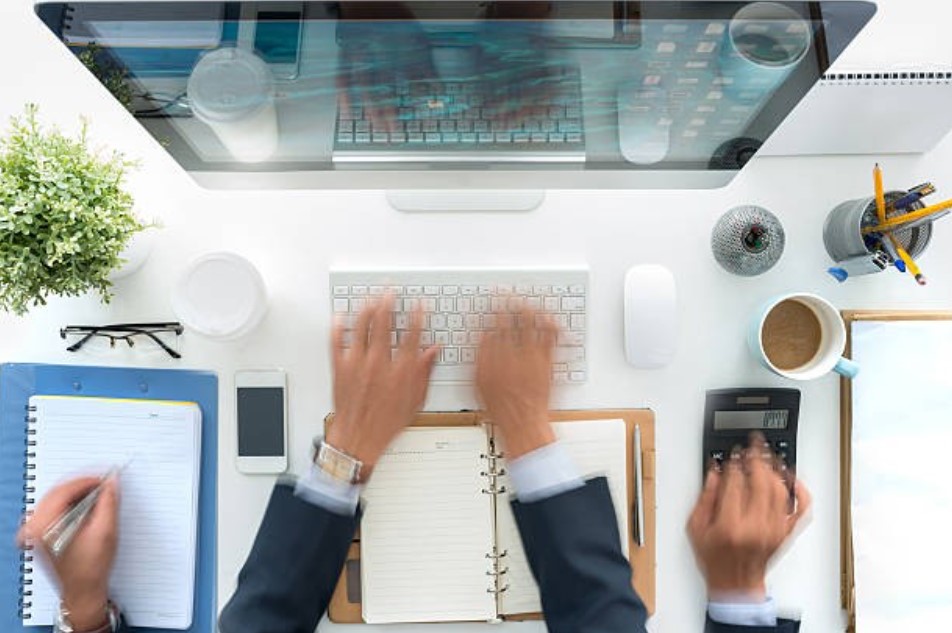
Multitasking has long been hailed as a productivity booster, but research suggests otherwise. Constantly switching between tasks can lead to decreased efficiency, increased stress, and reduced overall productivity. Here are some strategies to help you avoid multitasking and become more productive:
How to Avoid Multitasking and Become More Productive
1. Prioritize Tasks
Overview: Start by identifying your most important tasks and allocating dedicated time to focus on them.
Action Steps:
- Create a list of tasks and prioritize them based on importance and urgency.
- Break down larger tasks into smaller, actionable steps.
- Use techniques like the Eisenhower Matrix to categorize tasks by importance and urgency.
2. Time Blocking
Overview: Time blocking involves setting aside specific blocks of time to focus on one task or group of related tasks without interruption.
Action Steps:
- Schedule dedicated time blocks for focused work on high-priority tasks.
- Minimize distractions by turning off notifications and setting boundaries with colleagues.
- Use a calendar or planner to visualize your schedule and allocate time for different activities.
3. Single-Tasking
Overview: Instead of juggling multiple tasks simultaneously, practice single-tasking by focusing your attention on one task at a time.
Action Steps:
- Choose one task to work on and commit to completing it before moving on to the next.
- Use tools like the Pomodoro Technique to work in focused intervals with short breaks in between.
- Practice mindfulness techniques to bring your attention back to the present moment whenever you find yourself getting distracted.
4. Set Clear Goals
Overview: Clearly defined goals provide clarity and direction, helping you stay focused and motivated while working on tasks.
Action Steps:
- Establish specific, measurable, achievable, relevant, and time-bound (SMART) goals for each task.
- Break down larger goals into smaller milestones to track progress and stay motivated.
- Regularly review and adjust your goals based on changing priorities and circumstances.
5. Limit Distractions
Overview: Minimizing distractions is essential for maintaining focus and concentration during work sessions.
Action Steps:
- Identify common sources of distraction in your environment and take steps to mitigate them.
- Use tools like website blockers or productivity apps to limit access to distracting websites or apps.
- Designate specific times for checking email and responding to messages to avoid constant interruptions.
6. Practice Mindfulness
Overview: Mindfulness techniques can help increase self-awareness and reduce the urge to multitask by bringing attention to the present moment.
Action Steps:
- Take short breaks throughout the day to practice mindfulness exercises like deep breathing or meditation.
- Use mindfulness apps or guided meditation recordings to support your practice.
- Incorporate mindfulness into everyday activities, such as eating or walking, to cultivate a habit of present moment awareness.
7. Delegate Tasks
Overview: Recognize when it’s appropriate to delegate tasks to others to free up time for more important or high-value work. Utilize monitoring software for employees. For example, Controlio is a reliable monitoring tool for any business.
Action Steps:
- Identify tasks that can be outsourced or delegated to colleagues or team members.
- Clearly communicate expectations and provide necessary resources or support to ensure successful delegation.
- Trust in the abilities of others and resist the urge to micromanage once tasks have been delegated.
8. Reflect and Iterate
Overview: Regularly reflect on your productivity habits and identify areas for improvement to refine your approach over time.
Action Steps:
- Set aside time for regular reflection and self-assessment of your productivity habits.
- Identify patterns or habits that may be hindering your productivity and experiment with alternative strategies.
- Be open to feedback from colleagues or mentors and use it to make adjustments to your workflow.
By implementing these strategies, you can break free from the trap of multitasking and cultivate a more focused, efficient, and productive work style. Remember that productivity is not about doing more tasks simultaneously but about doing the right tasks effectively and efficiently.